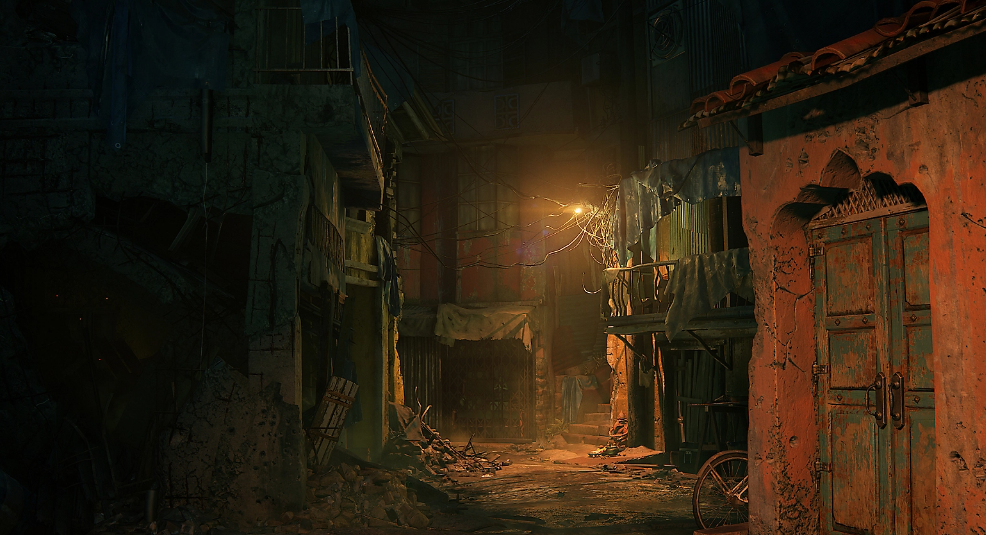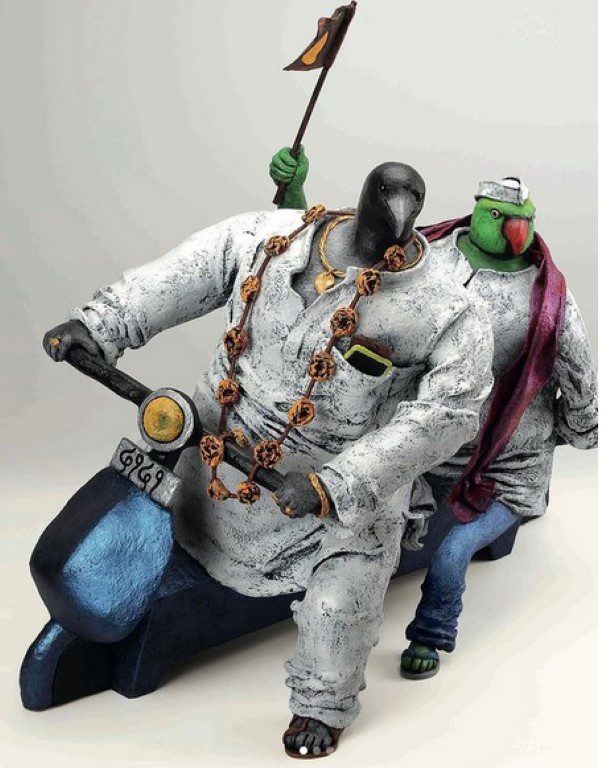Vaishnavi Srivastava
What makes a typical South Asian or Middle Eastern portrayal in media from a white man’s point of view? How about Sitar music, while we’re at it add in a couple of spears for weapons, throw in a couple of elephant tusks, oh! And the turbans! never forget the turbans. This predominance and encapsulated viewpoint of the entire East that comprises various cultures is a path followed for centuries and high-end video games are no foreigners to this pigeonhole.
The concept of video games is essentially set up very naively in our collective minds. When one thinks of video games, it sparks a different wire in each brain depending on what generation the individual belongs to. For instance, as a middle-class Indian brought up in the early 2000s when I hear the term video game, my mind is flooded with memories of playing Space Invaders on console, along with the OG Microsoft games such as midtown madness, minesweeper, pinball or the Facebook generation of Sims and Farmville. The list goes on.
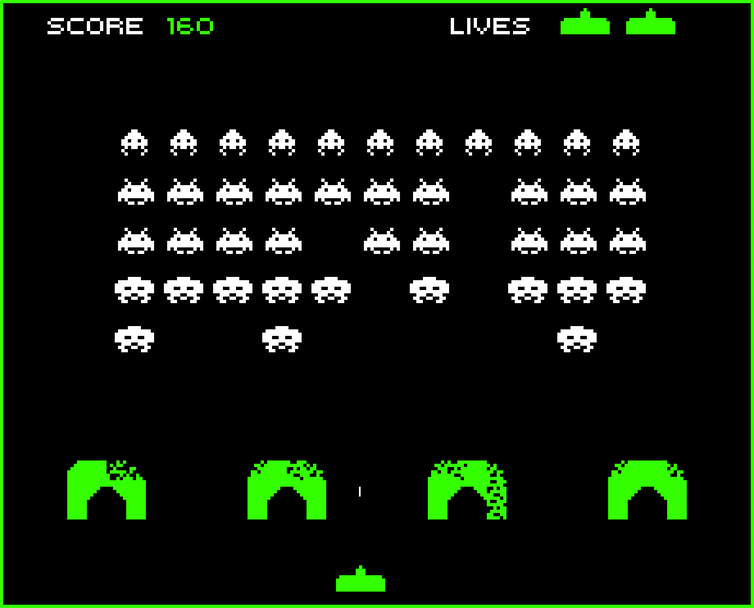
Courtesy: Smithsonian Magazine
However kiddish we remember video games to be, it is an undeniable fact that most of the present generation have had video games influence their lives in one way or another regardless of their age. The fact of the matter is, with the massive audience garnered by gaming platforms, they have the power to influence a majority of impressionable minds for good. The video game market is estimated to be 197 billion dollars in the present year and the number of users only seems to go up. The U.S. is one of the largest revenue generators in terms of video games worldwide second only to China. This goes on to show the influence of the superpower globally on the minds and perspectives of the youth.
Modern-day video game graphics are an art form of their own. With high-end visuals and the existence of various genres, video games cater to all varying groups of individuals. These graphics define the aura of the video game and provide the user with a sense of adventure and a false sense of reality. The pseudo-realism generates false and preconceived notions about the mindset of the users.
Orientalism in Western Video Games in the Depiction of India
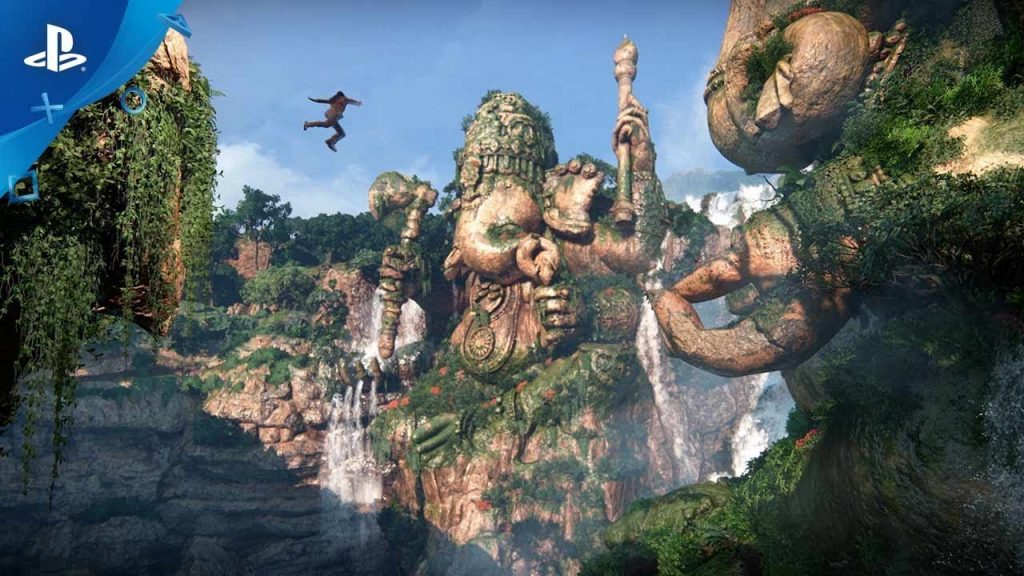
Courtesy Playstation
Orientalism – a concept introduced and made famous by Edward Said in his book of the same name – talks about the Western representation of the Eastern country’s cultures, society and way of living. In Said’s definition, the term “orient” pertains to the Middle East, Asia and the Far East. This basically refers to an “alien” or “the other” identity given to the East by the occident or the West. The discourse of Orientalism is essentially these preconceived notions and ideas about the Far East set through European standards. The origin of this fallacy is derived from the dynamics of power between the two groups wherein the white one always arises with the upper hand. This extremely Euro-centric idea predominates the viewing of the East or the Orient through a lens that is not theirs.
These ignorant instances can be found in video game designs and graphics as well. There are several famous video games that use India as the backdrop to the game. Some examples of such games are Uncharted The Lost Legacy, Assassin’s Creed, Call of Duty, Tomb Raider 3, Hitman Part 2 and Far Cry 4.
The setting of the video games heavily decides the missions and final accomplishments of the game. When it comes to video games set in India, there are several stereotyped images shown to the impressionable audience that inevitably creates their initial worldview of the country. While the games try and incorporate the most used slurs of the country spoken by the NPC (non-playing character) villains for a more immersive experience, on the whole, they give an extremely Americanized viewpoint of the country.
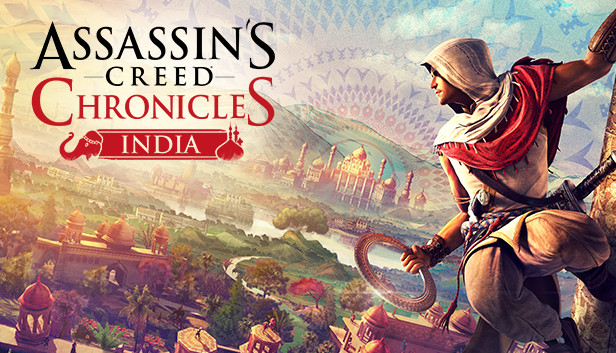
Courtesy: Steam
The viewing of East is widely portrayed as this mysterious land wherein the inhabitants follow a very “backward” way of living. In Assassin’s Creed, for instance, the makers (who previously released the Assassins Creed Brahman graphic novel) used the Sikh Empire’s conflict with the East India Company as their backdrop. The game makers choose the same old ancient India with predominantly domed castles, and a template orientalist and mysterious music being played in the background. This depiction of India as a mysterious land where men in turbans guard the gates of a castle is an easy portrayal of the country which is the only pent-up idea the Western creators know best.
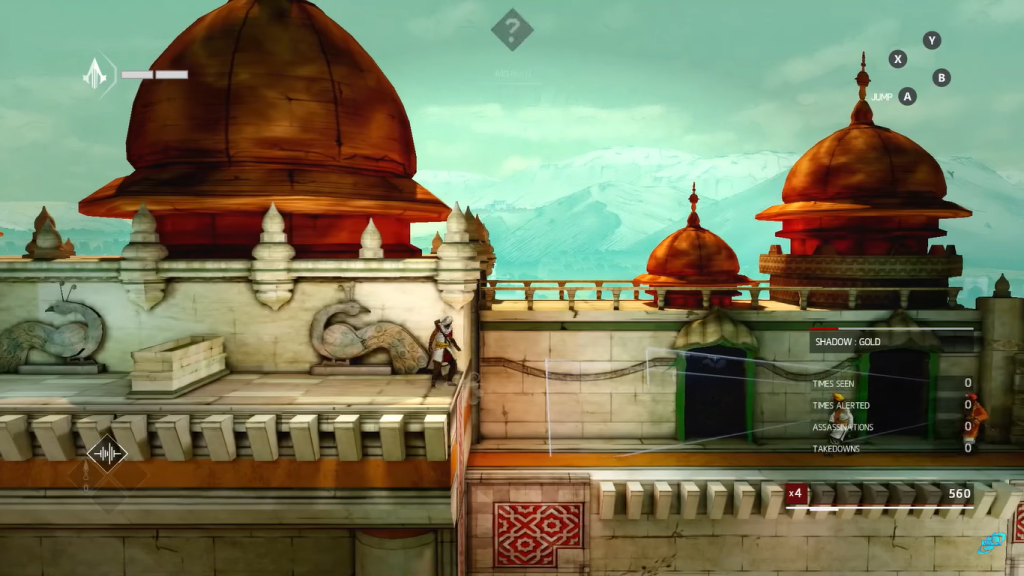
Courtesy: RabidRetrospectGames Youtube
In the concept of “The White Man’s Burden” we discuss this unasked duty a European visitor feels towards a resident of the Far East. It is to train the “alien monsters” how to sit well and behave through Euro-centric standards while the white man eats his food and steals his land and makes it their own. The white man, very heroically, takes the title of the “saviour” of the East. In Uncharted The Lost Legacy we no doubt see stunning visuals as is characteristic of Naughty Dog (the studio), but the game yet again walks straight into the formulaically driven mission of Ganesha’s tusks, Shiva’s bow and lotuses with the backdrop of Western Ghats and incorrect usage of languages and dialect for the region. The ignorance of the studio portrays an Alladin-esque market scene in the midst of an insurgence that looks more middle eastern than Indian. Moreover, The mission on a very basic level portrays Chloe Frazer as this saviour who is shown to redirect a bomb-ridden train planted by the enemy (Indian, duh.) to instigate a civil war, and very chivalrously save the day for the country.
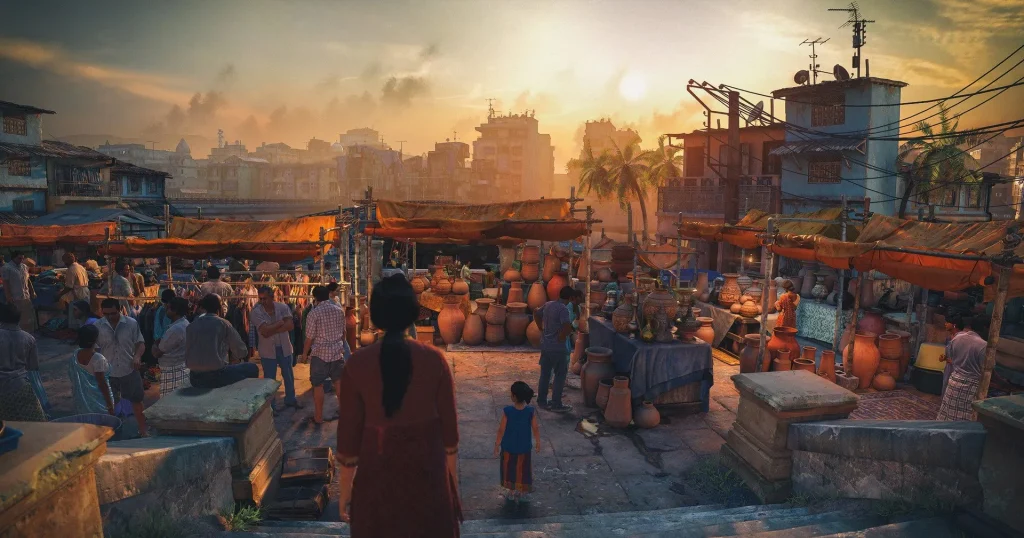
Courtesy: Lifestyle Asia Hong Kong
In another instance of a Western portrayal of the East – who are these monstrous inhabitants that do not keep clean and eat with their hands – we can see a “dirty” depiction of India in the Hitman video game series. What we see in Hitman 2 is a basic pigeonhole of India as an unclean and unkempt nation wherein they do not fail to miss the multiple trash bags on the streets of the slums that are explored by the hitman.

Courtesy: AJ Nguyen Youtube.
From a very jungle book-inspired opening scene to the relics of an ancient Hindu temple in the middle of the jungle, Tomb Raider is certainly the flag bearer of the orientalist perspective of Western video games. Released in 1998, in a true white people fashion, the video game’s main lead Lara Croft searches for the Infada Stone artefact in the ancient temple trying to take something that doesn’t belong to her. Tale as old as time.
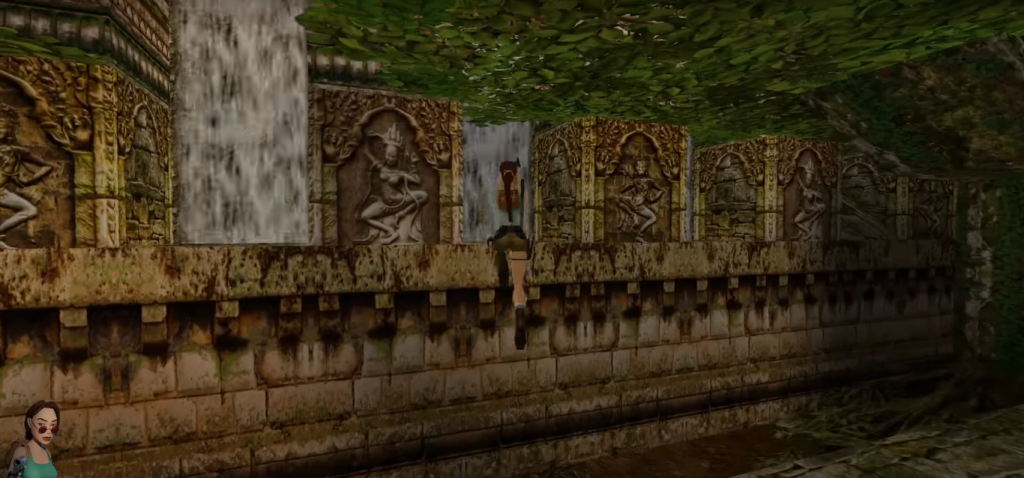
All these design and graphic choices discussed above dial down to one huge discourse: whose perspective are we willing to show? These graphics have a huge impact on the portrayal of the location they are based upon. The graphics dictate a character’s action, their sense of clothing, the artistic choices in the background of the gameplay and the design aspects which inevitably showcases the culture and society of the location. 20% of video game players are under the age of 18. The billion-dollar market of video games has an impact on millions of impressionable minds whose worldviews are inevitably clouded via these stereotypical depictions. An industry as huge as gaming ought to try and break out of it instead of playing into the typecast by putting in lazy attempts and feeding the poison of the unresearched Eurocentric fallacies to young minds.
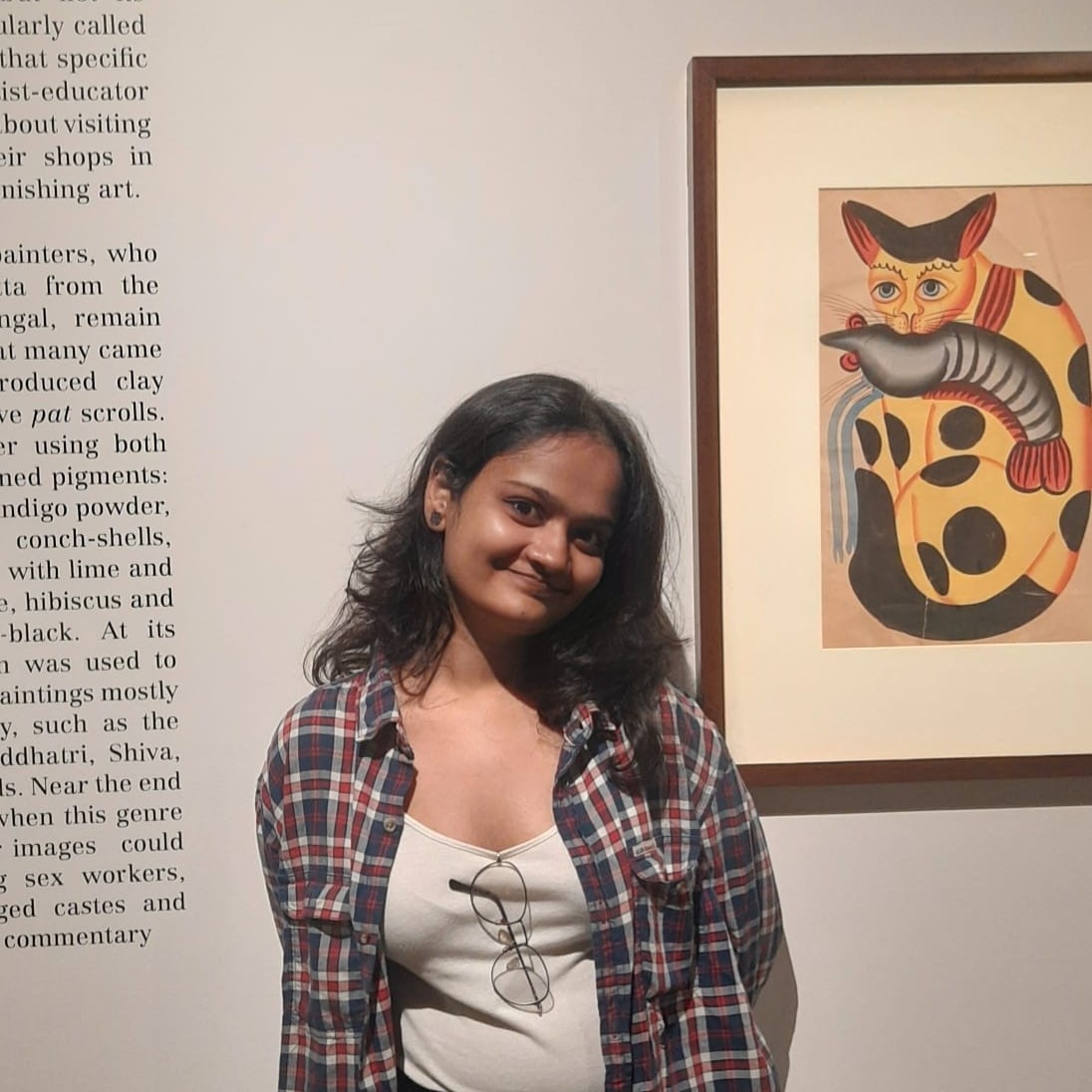
Vaishnavi Srivastava is a learning writer, a keen researcher and a literature enthusiast. She is a Sub-editor at Abir Pothi.


